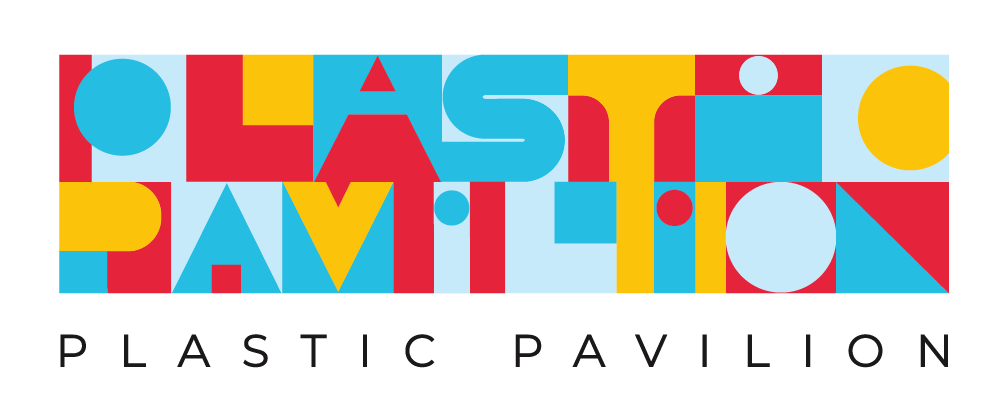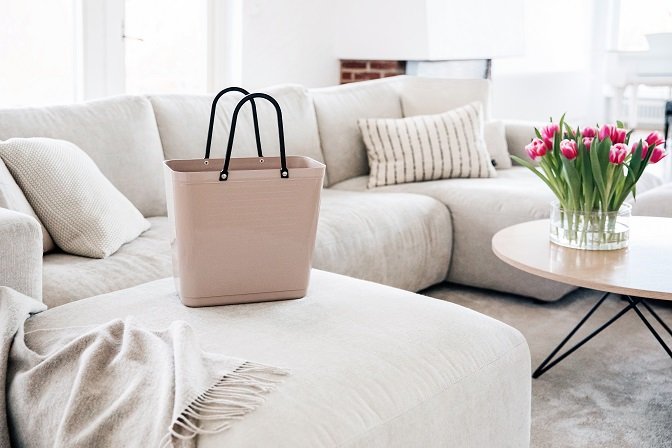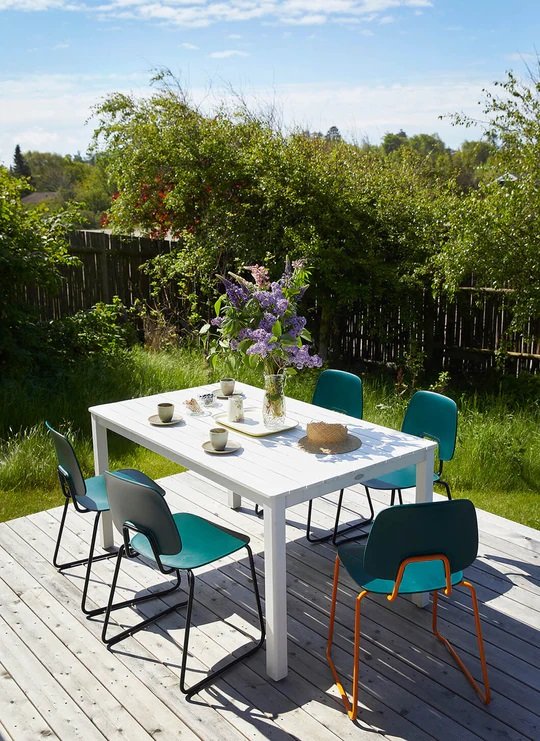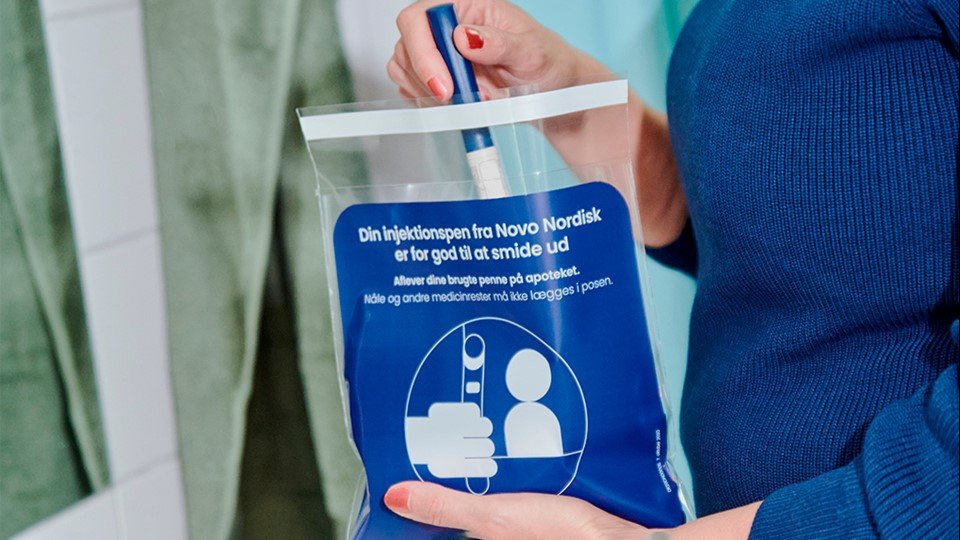Case: Regnvandskassette - faskine
Q-Bic Plus
Wavin
Climate Adaptation / Green Urban Living
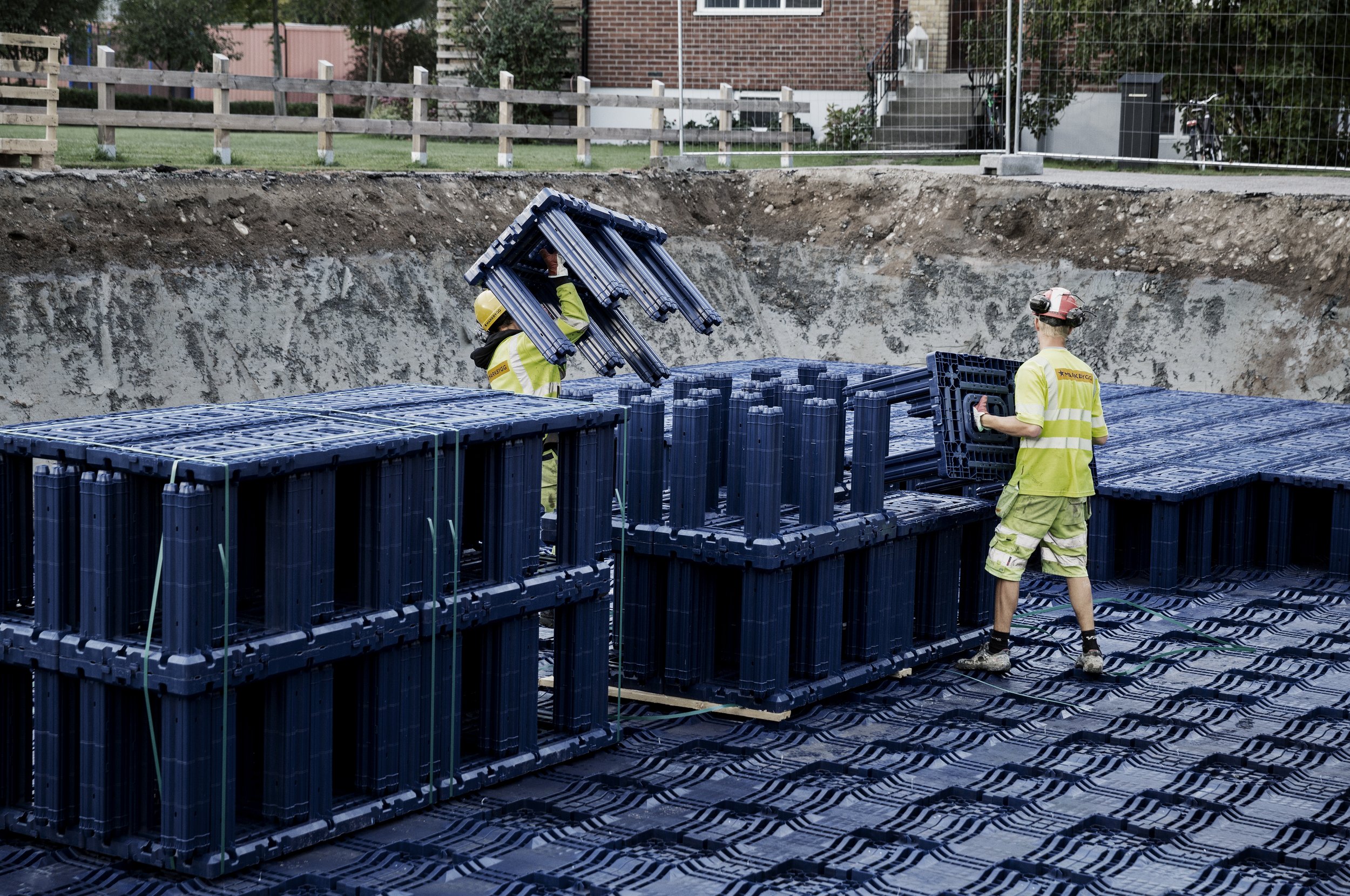

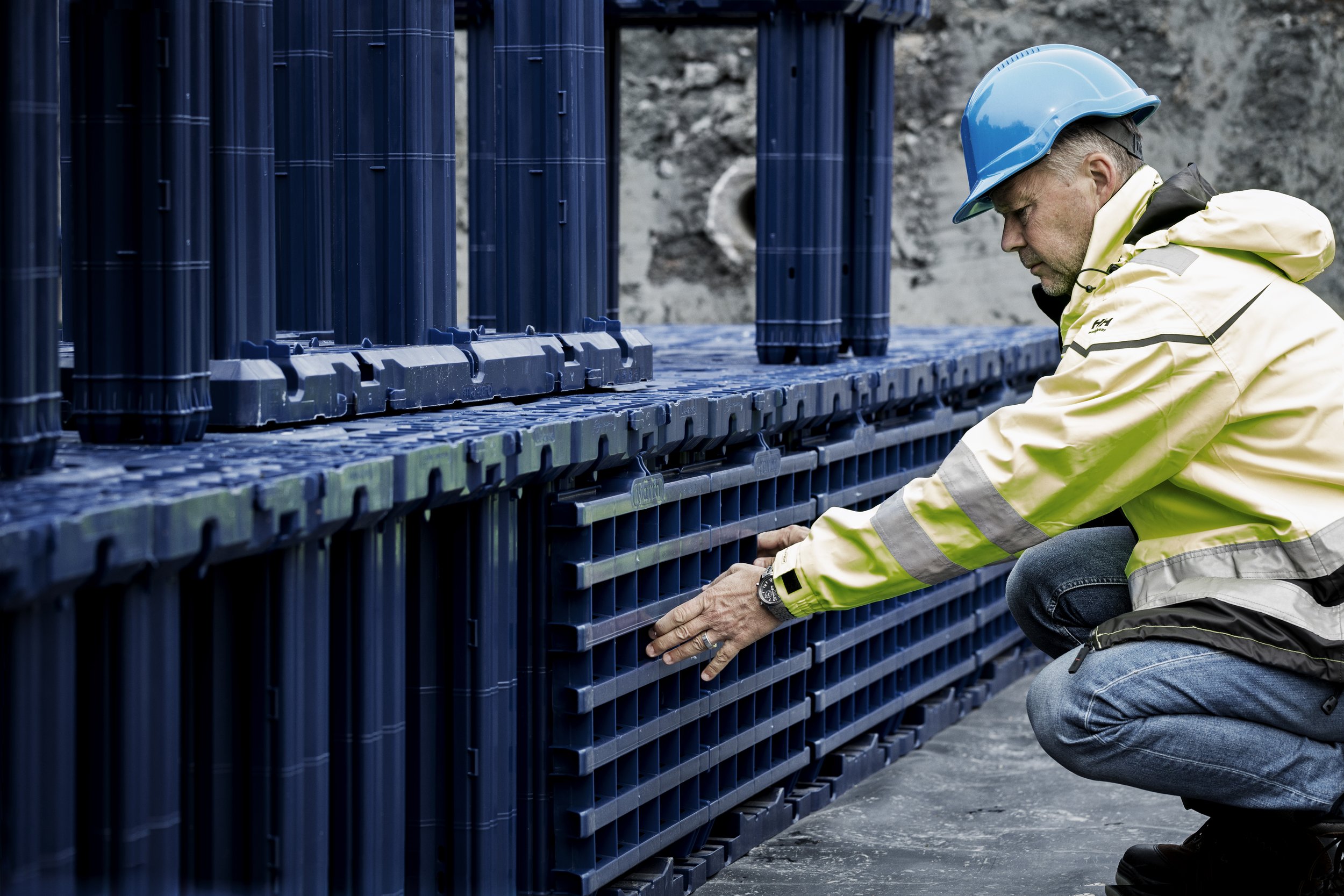
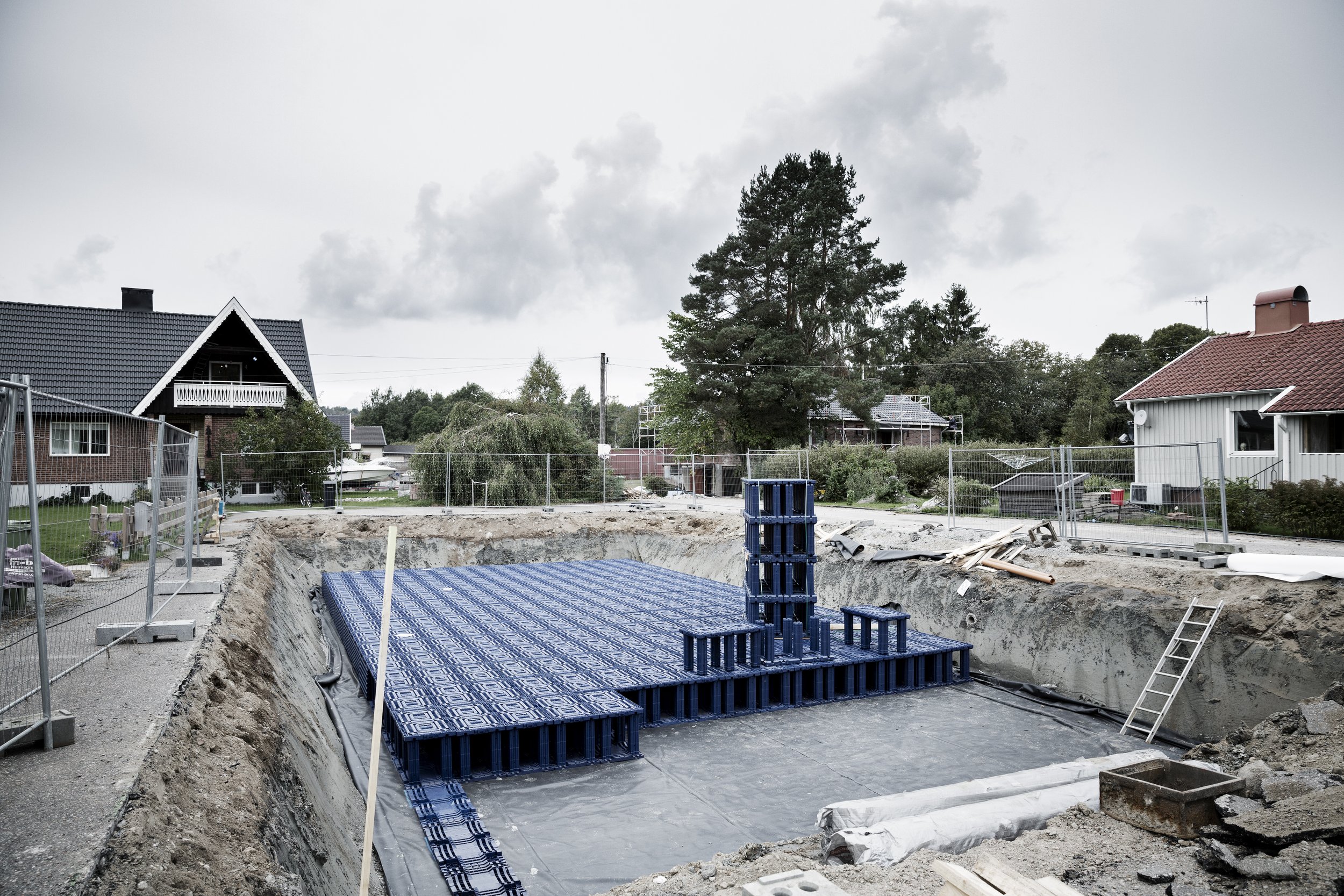

Climate change is changing precipitation patterns across throughout the globe. Rainstorms and flooding events are increasing in both frequency and severity. In recent years, the end of May to early June marks the beginning of flood season for Europeans, who brace for the inevitable: heavy rainstorms, flooding, and urban havoc.
The effects of climate change on rainfall levels and frequency have prompted municipalities, urban planners, and businesses to consider long term solutions for water infiltration and detention. A large part of such a transformative undertaking is the development of an integrated urban stormwater management infrastructure that will be resilient to the challenges of excessive and intense rainfall due to climate change.
See Water differently
A circular approach to water in urban areas, considers both the benefits to improve people's quality of life as well as the possible risks, which large quantities of water can represent for the city. Water is seen as a valuable resource.
By creating blue-green areas in the cities where rainwater is collected, the water can be drained in an intelligent way, while do as little damage as possible. These installations will also give the city benefits such as clean air and more recreational areas. The large green areas provide natural evaporation and reduces surface runoff through the establishment of more infiltration opportunities.
A fully sustainable water infiltration and detention solution
Geocellular modular plastic units have been used for stormwater management throughout Europe since the 1980s. They are used to form underground structures which manage stormwater – by either allowing it to infiltrate back into the surrounding ground, or by attenuating it and then releasing a controlled rate into the existing drainage network. They help manage flood risk, as part of good SuDS design. To handle peak rainfall and masterfully control rainwater discharge, Wavin used this waterproof technology to design attenuation and infiltration solutions like AquaCell and the Q-Bic Plus.
This creates a lasting handling of rainfall. Depending on the conditions, rainwater must be collected locally, treated, delayed, infiltrated, reused, or evaporated to minimize the risk of flooding and have a positive impact on the microclimate in our future cities.
Link:
